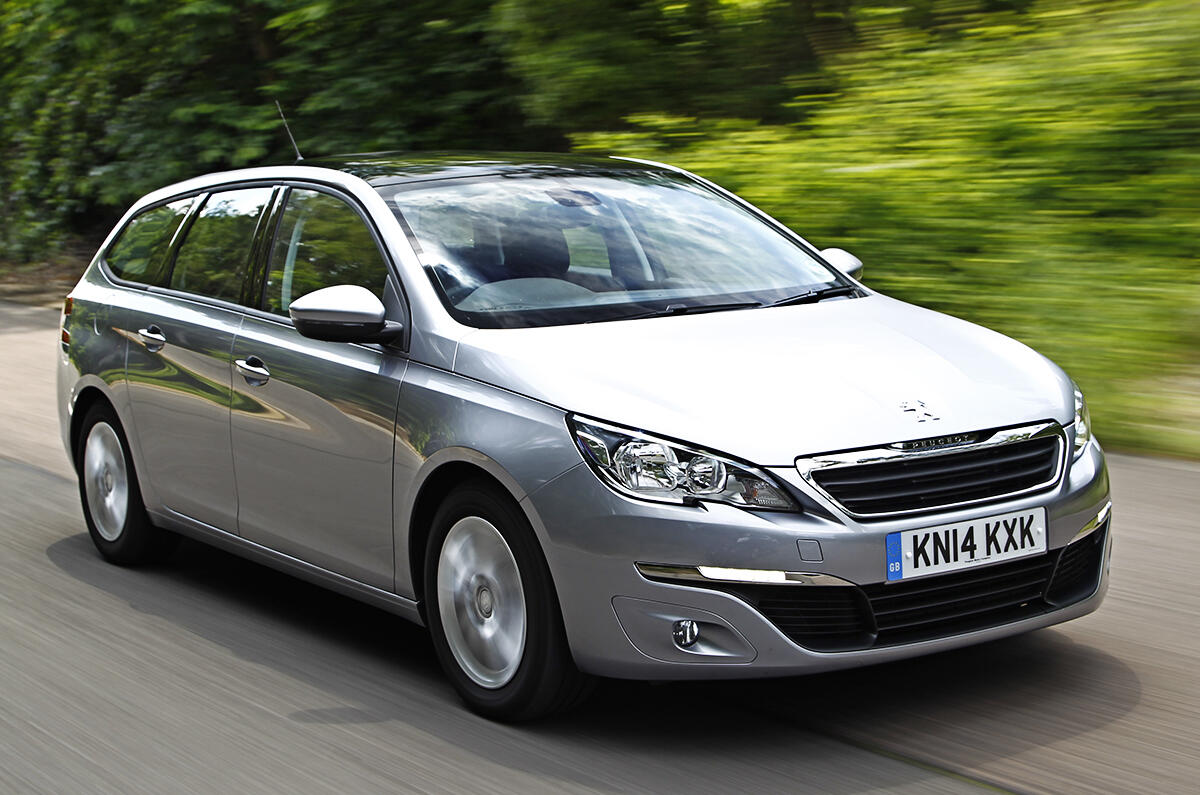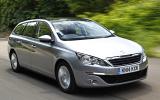Peugeot has wasted little time with the introduction of an estate version of its Peugeot 308 hatch, the company long a specialist in five-door wagons. That’s underlined by a wheelbase extended by 110mm over that of the hatchback and a rear overhang that is 220mm longer.
These structural reconfigurings not only increase the 308’s loadspace but also its rear legroom, which happens to be in short supply aboard the standard car. The result is a below-parcel-shelf boot capacity of 660 litres, and a seats-folded bay of 1660 litres, which betters most rivals other than the Skoda Octavia.
Aside from outright load volume, modern estates need to please with their convenient design, and on this front the 308 scores with 60/40 split rear seat backs that drop with the tug of a lever to fold very close to flat thanks to automatically lowering seat cushions.
A parcel shelf that stores below the floor, lashing-eye rails, a square-walled load-bay, a retaining strap, an optional load divider system and the lowest sill in the class all make this a more convenient beast when loading burdens. A shame, though, that you can’t drop the front passenger seat backrest for extra-long loads.
The powertrain line-up is extensive and ranges from a pair of three-cylinder turbocharged 1.2-litre Puretech petrols of 109bhp and 128bhp to diesels of 1.6 and 2.0-litres that run from 91bhp to 178bhp. These are BlueHDi engines, which feature an advanced exhaust cleansing system that uses an Adblue additive in combination with a diesel particulate filter to further reduce NoX emissions and capture 99.9 per cent of particulates.

















